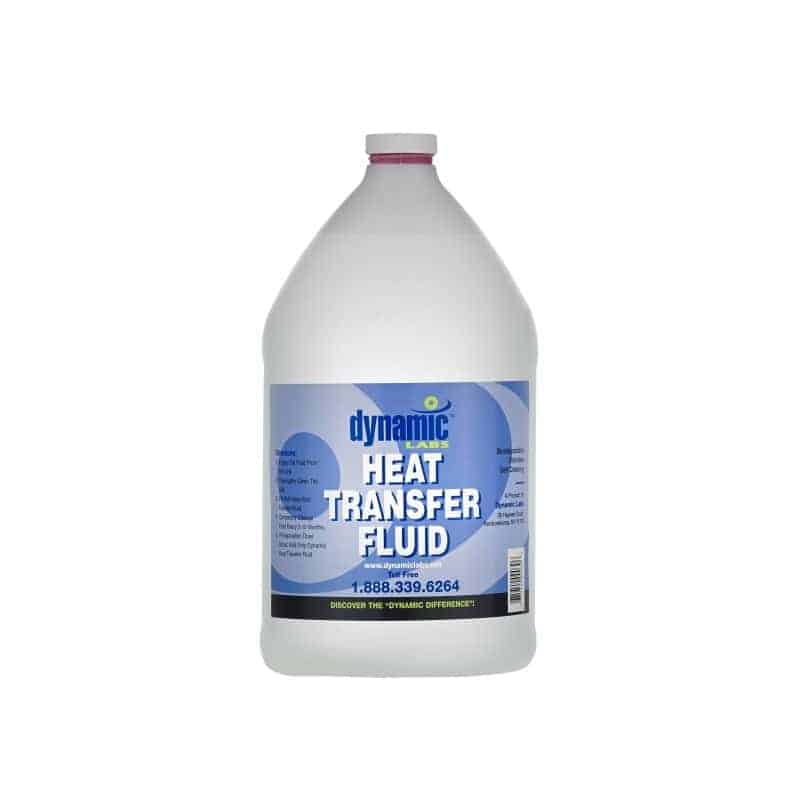Leading Factors To Consider for Picking the Right Heat Transfer Fluid for Your Needs
Leading Factors To Consider for Picking the Right Heat Transfer Fluid for Your Needs
Blog Article
Why Warm Transfer Fluid Is Very Important for Optimizing Power Transfer in Solution
The function of warmth transfer liquids in optimizing power transfer is pivotal for accomplishing efficient thermal management throughout numerous commercial markets. These liquids promote seamless warm exchange, making certain procedures operate within optimal temperature ranges and alleviating the danger of getting too hot. Their option, based upon variables like thickness and thermal security, straight affects the performance and sustainability of a system. The details of picking the appropriate liquid are often underestimated. What are the crucial considerations for this selection, and how do they impact both economic efficiency and ecological duty in commercial applications?

Role in Thermal Monitoring
Warm transfer fluids play a vital function in thermal management by efficiently regulating temperatures in different industrial procedures and systems. These specialized fluids promote the transfer of warm between different parts, making certain optimal operating conditions and preventing overheating. By keeping specific temperature level control, warm transfer liquids allow markets such as chemical production, oil and gas, and power generation to run safely and efficiently.
The selection of an appropriate heat transfer liquid depends on several factors, including thermal security, warmth ability, and thickness. High thermal stability makes certain that the liquid can endure severe temperature levels without deteriorating, while a high warmth capability allows it to take in and launch significant amounts of warm - heat transfer fluid. Reduced viscosity reduces the power required for pumping, adding to general system performance
Moreover, heat transfer liquids are integral in applications like refrigeration, where they assist absorb and dissipate warm throughout the cooling cycle. In solar thermal energy systems, these liquids capture and transportation solar warm to create electrical energy or offer warm water. Their adaptability to varied operating problems and capability to keep consistent thermal efficiency emphasize their significance in commercial thermal management, promoting operational continuity and boosting safety steps.

Enhancing System Effectiveness
To optimize the advantages of thermal management, enhancing system efficiency with the critical usage of heat transfer fluids is paramount. By preserving ideal temperature level degrees, warmth transfer liquids help ensure that systems operate within their created criteria, thereby stopping overheating and decreasing the danger of element failure.

Kinds of Warmth Transfer Liquids
The variety of warm transfer fluids underscores their vital role in a series of commercial applications, each customized to satisfy certain thermal administration requirements. These fluids facilitate efficient power transfer and are chosen based on vital homes such as thermal stability, thickness, and warm capacity. The main types consist of water, glycol remedies, oils, and synthetics, each offering unique advantages.
Water is the most usual warm transfer tool as a result of its high certain heat ability and affordable. Its usage is limited by its cold and boiling points. Glycol blends, typically used in heating and cooling systems, provide a reduced freezing factor, adding convenience in different climates. Mineral oils are preferred for their thermal stability and non-corrosive nature, making them ideal for high-temperature applications.

Synthetic liquids, including silicone and aromatic substances, offer exceptional thermal stability and are made use of in settings demanding extreme temperature level arrays. These fluids make sure superior performance in systems where standard liquids might fail. The selection of a warm transfer liquid is crucial, as it affects system performance, safety and security, and long life. Each kind must be see it here chosen to align with the operational demands and the particular conditions of the application it serves.
Environmental and Economic Advantages
Making use of the best heat transfer liquids offers considerable environmental and financial advantages for commercial operations. Ecologically pleasant warm transfer liquids, typically biodegradable and safe, minimize the danger of dirt and water contamination in the event of leakages or get more spills, thereby securing ecosystems and abiding with strict ecological regulations.
Economically, the best heat transfer fluid can substantially reduce operational prices. Liquids with extended lifecycle efficiency reduce the regularity of replacements and maintenance, reducing downtime and associated prices. On the whole, the critical usage of ideal warm transfer fluids supports sustainable financial development and ecological stewardship.
Picking the Right Fluid
How does one browse the complicated process of choosing the appropriate warm transfer fluid for commercial applications? Choosing the suitable liquid is critical, as it directly affects system effectiveness, safety, and functional prices. Secret considerations include thermal security, compatibility with system materials, and operating temperature level variety. Thermal stability makes sure the liquid can hold up against high temperature levels without deteriorating, while compatibility stops corrosion or various other destructive responses with system components. The operating temperature range need to line up with the system's requirements to preserve efficiency and long life - heat transfer fluid.
Additionally, the fluid's warm capability and thickness are extremely important. A high warmth capacity allows the fluid to absorb and transfer more energy, improving effectiveness. Optimal viscosity ensures navigate here minimal pump work and reliable warmth transfer, specifically in differing temperature levels. Environmental and safety and security facets must likewise become part of the decision-making process. Non-toxic, biodegradable liquids lower ecological influence and follow regulative requirements, lessening obligation dangers.
Conclusion
The strategic option and application of warmth transfer liquids are fundamental to optimizing power transfer across numerous systems. By making certain high thermal security and capability, these fluids provide exact temperature level control and improve overall system performance. This optimization contributes to reduced functional expenses and reduced greenhouse gas exhausts, thus advertising sustainability. The option of fluid, customized to particular viscosity and functional demands, is essential for maximizing efficiency and accomplishing financial and ecological benefits in commercial processes.
Report this page